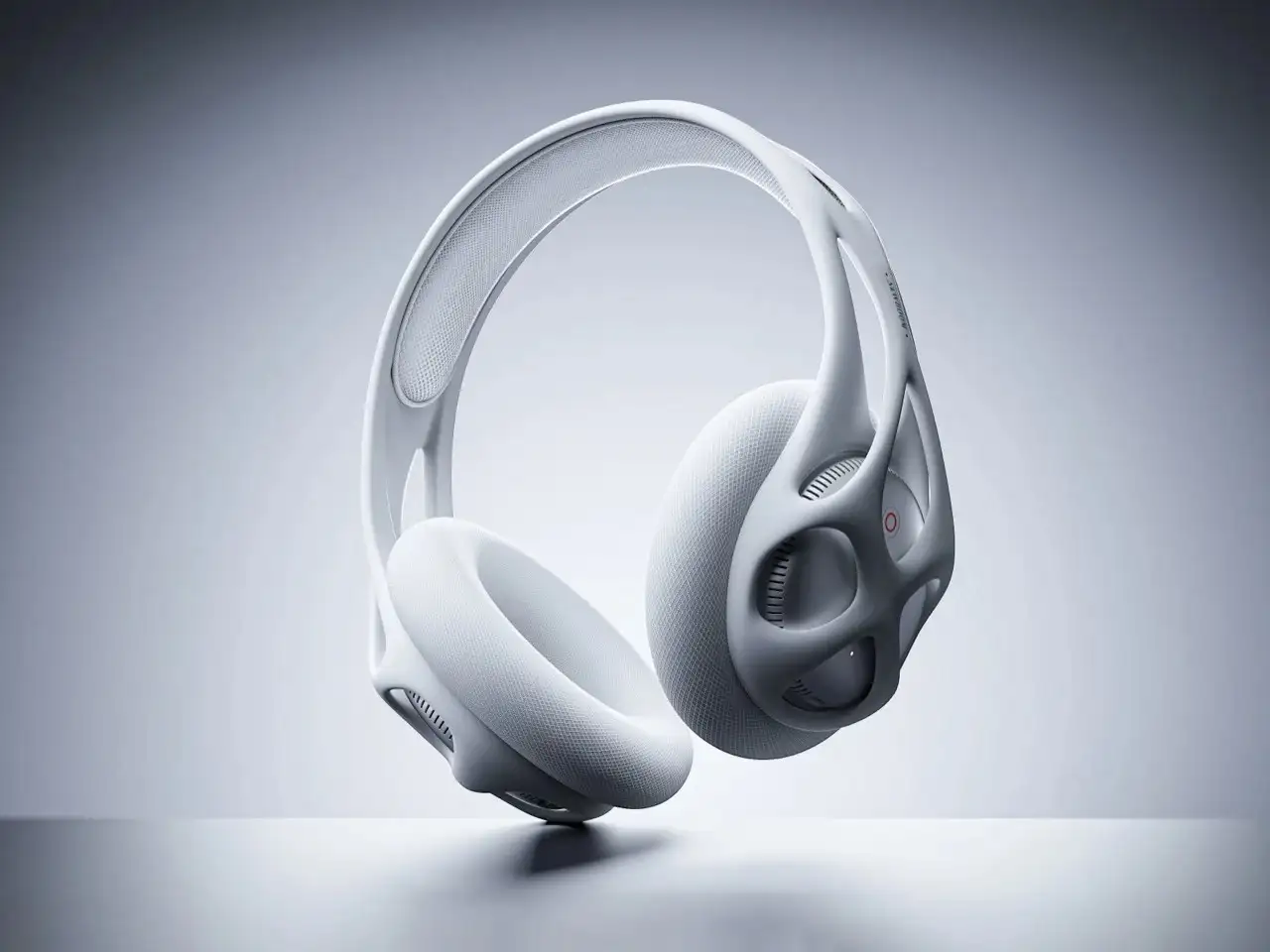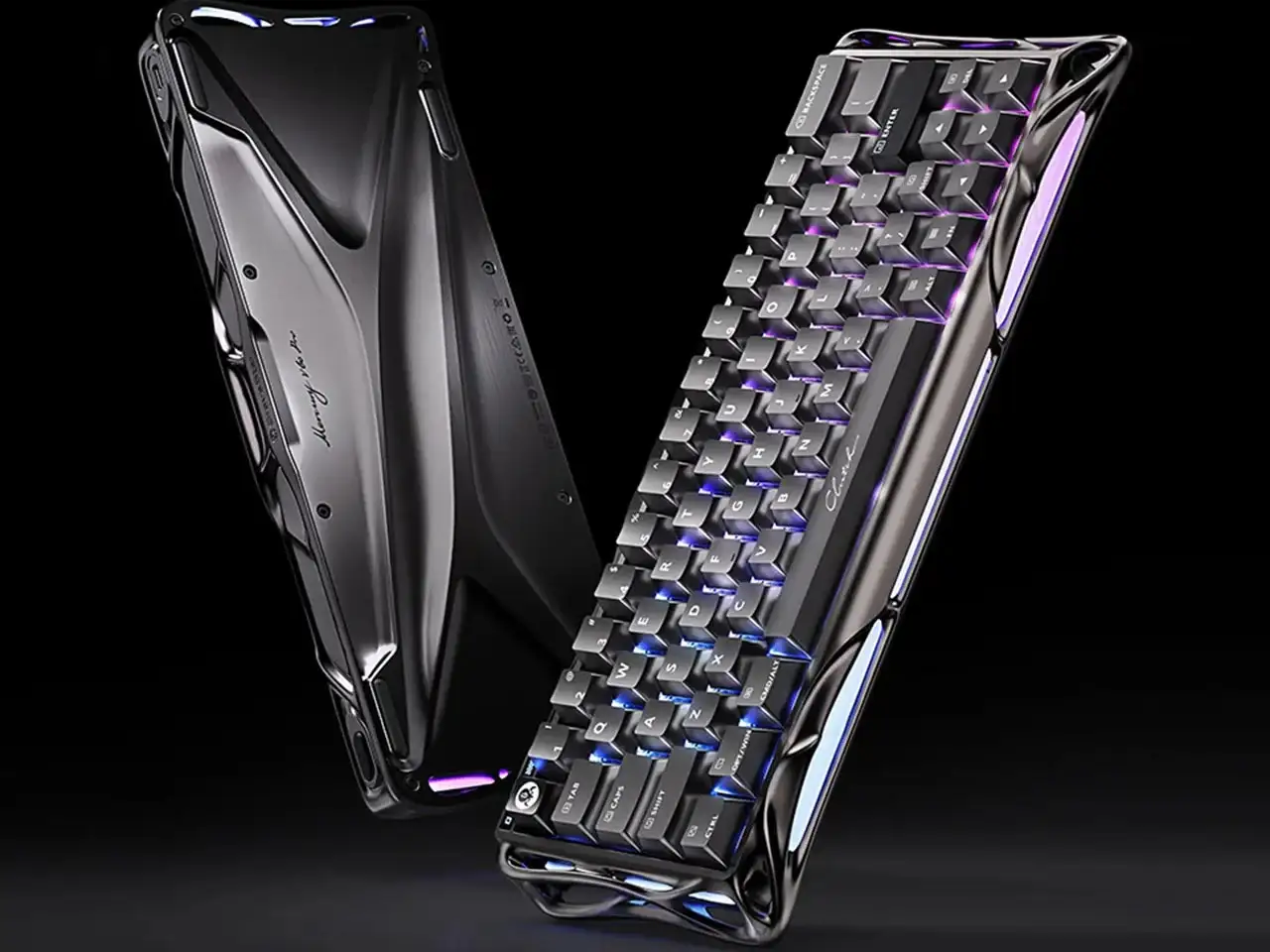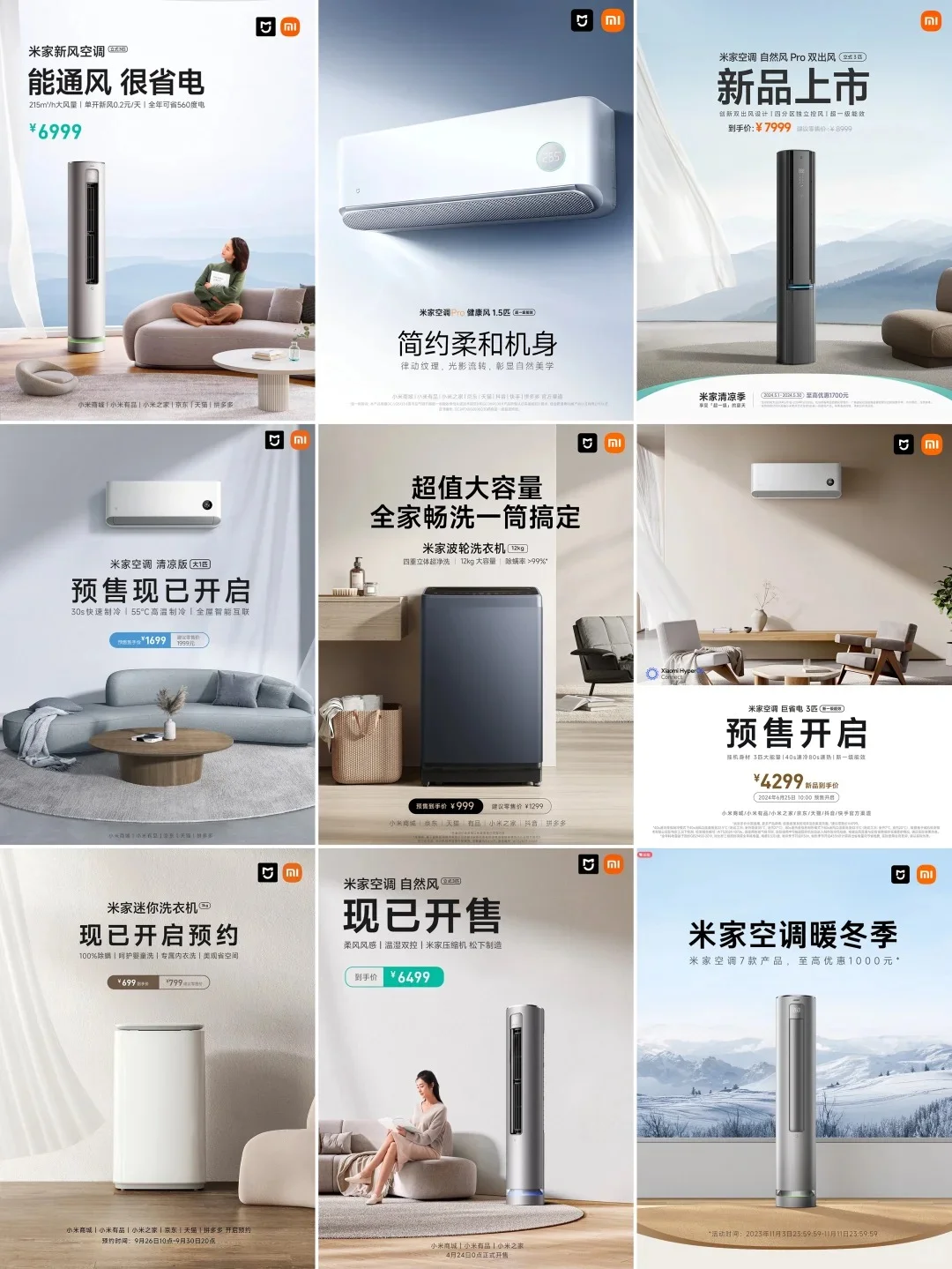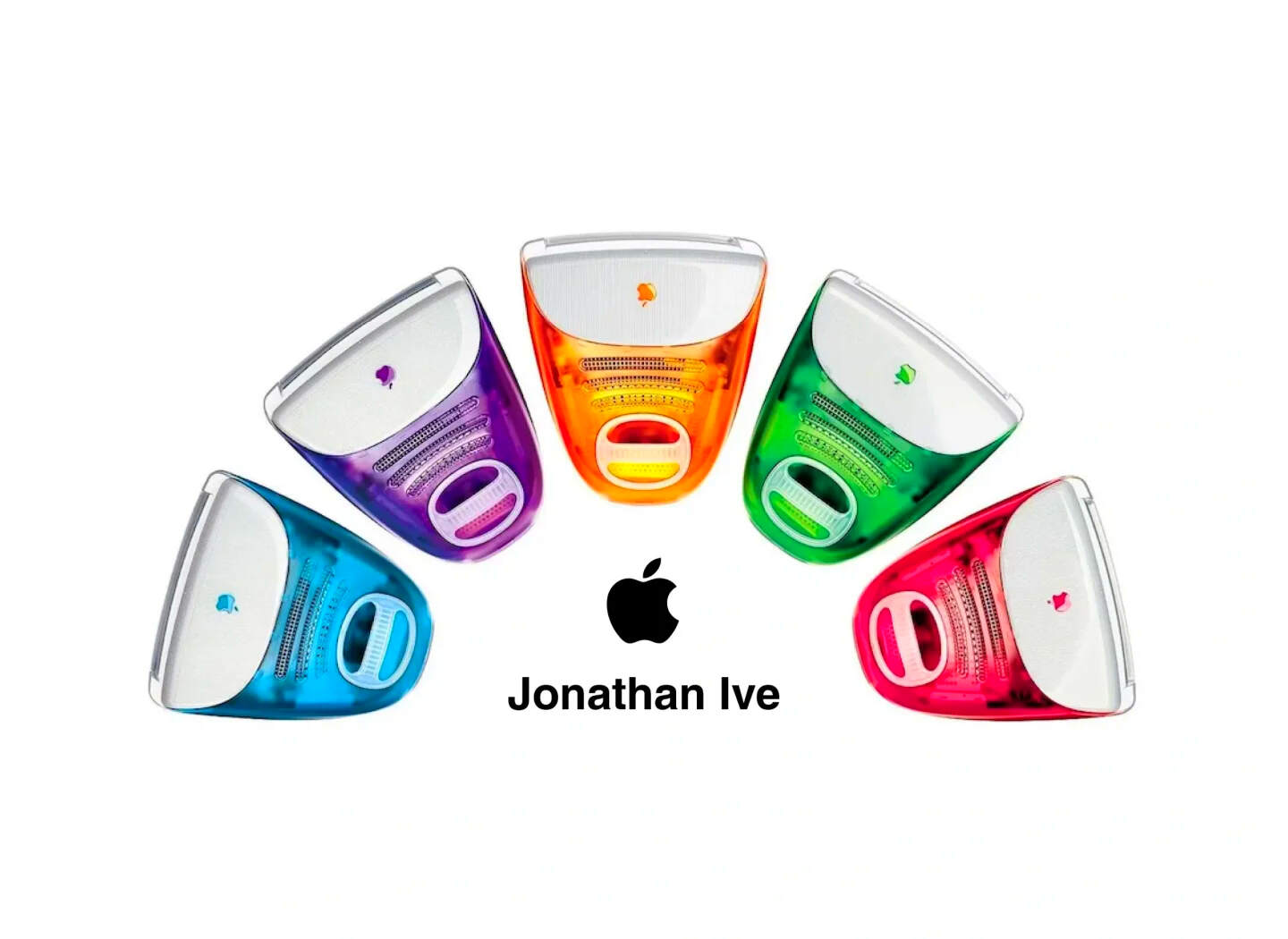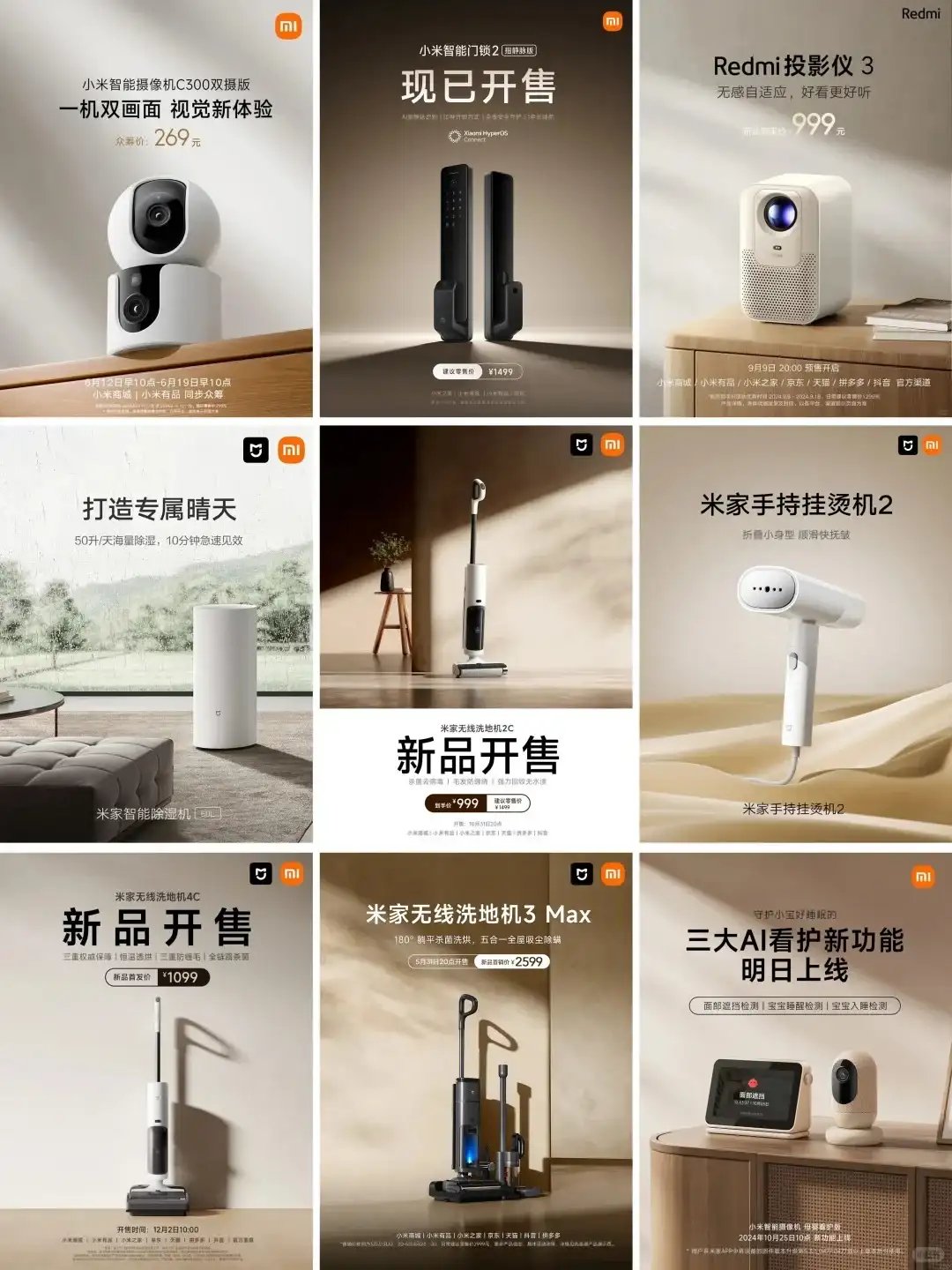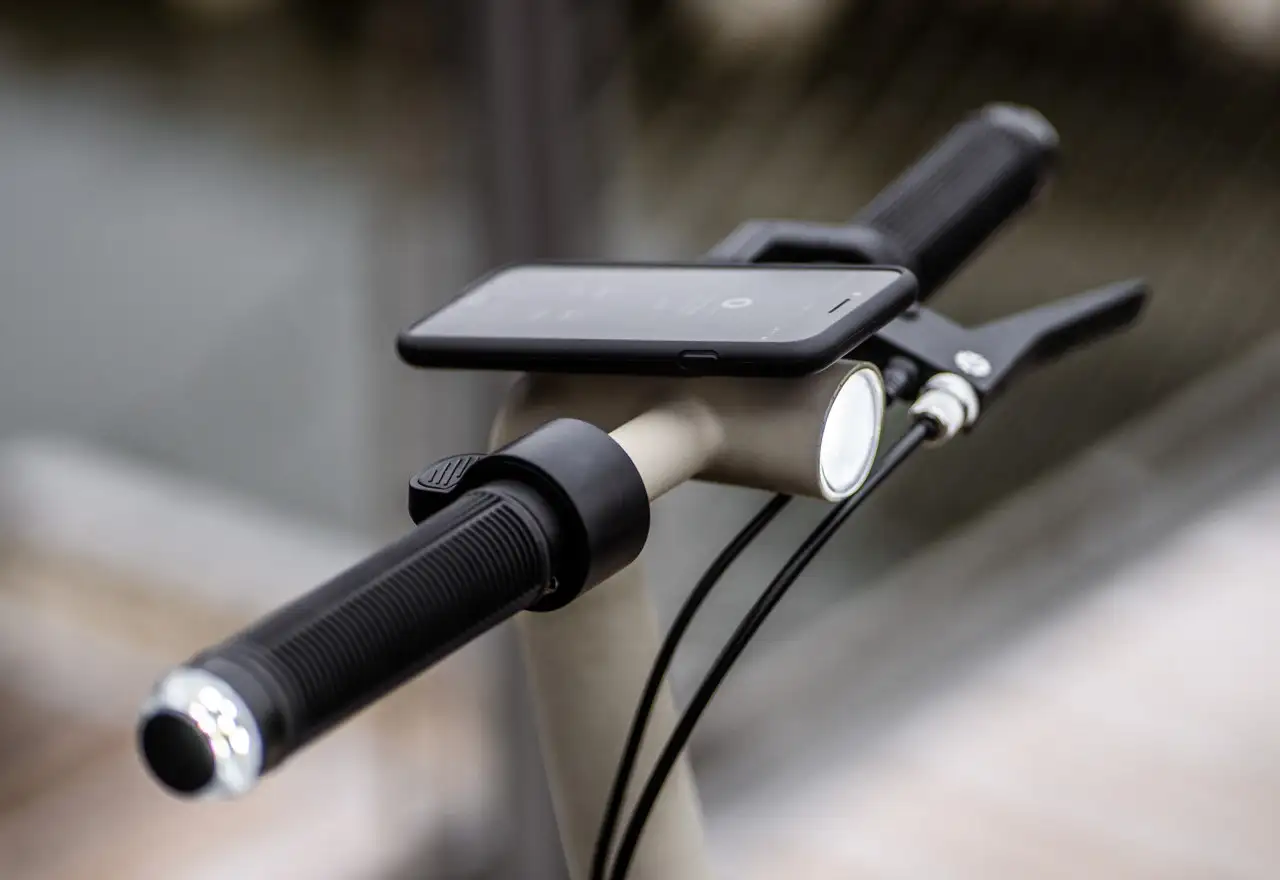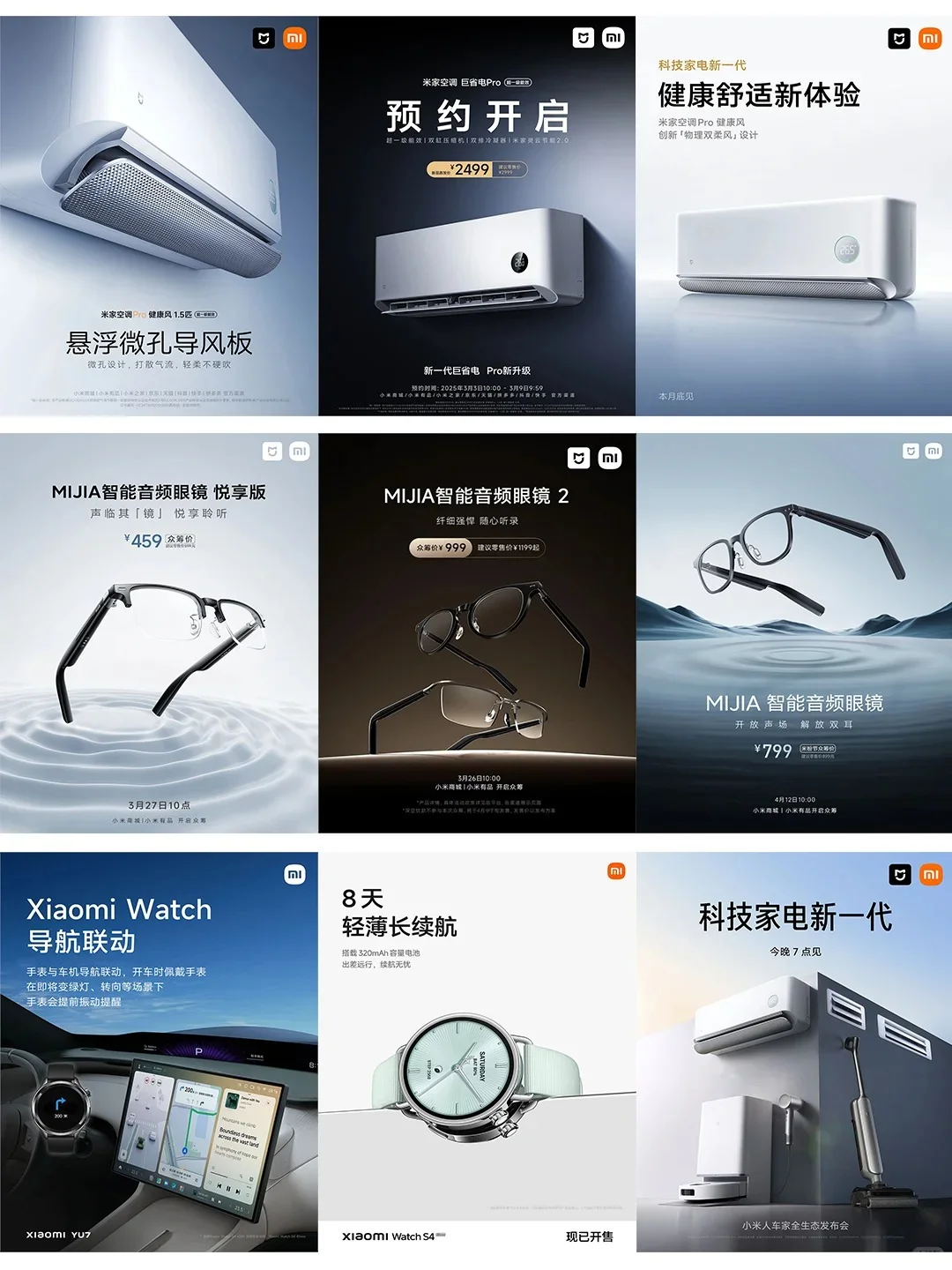NINEIDEA:AI 与工业设计的深度融合正重塑产品创新范式,其核心价值体现在效率提升、创新重构和产业生态变革三大维度。以下从技术赋能、实践场景、核心挑战及未来趋势四个层面提炼洞察AI重塑工业设计。
技术赋能:AI 重构设计价值链
自动化设计革命
智能生成:生成式 AI 工具(如设序科技 “闪设”)通过自然语言指令实现 2D 图纸自动生成,效率提升 10 倍;3D 参数化建模技术使复杂结构设计周期缩短 30%。
仿真优化:AI 驱动的拓扑优化算法可生成轻量化结构,通用电气(GE)利用 GAN 网络设计航空发动机叶片,减重 15% 的同时满足强度要求。
数据驱动创新
用户洞察:ChatGPT 等大模型分析千万级用户评论,某家电企业通过挖掘 “旋钮阻尼感” 偏好,复购率提升 22%。
趋势预测:AI 分析 10 万 + 电商数据预测消费趋势,某品牌提前布局 “模块化智能家居”,市场份额增长 35%。
可持续设计突破
材料优化:AI 算法模拟可降解材料性能,某环保企业包装材料用量减少 40%,碳排放降低 28%。
生命周期管理:数字孪生技术实时监控产品能耗,某工业设备厂商通过 AI 优化运维方案,设备寿命延长 20%。
实践场景:从概念到量产的 AI 落地
消费电子领域
特斯拉 4680 电池:AI 整合热力学、材料学数据,能量密度提升 12%,散热效率提高 20%。
小米 AI 设计平台:输入 “简约科技感” 关键词,AI 生成 200 + 手机外观方案,设计周期从 3 个月压缩至 15 天。
重型装备领域
上海汽轮机厂:工业大模型实现零部件自动出图,设计工程师仅需审图纠偏,交付级图纸效率提升 10 倍。
沪东中华 LNG 船:AI 生成二三维工业设计图,船东投标意向转化率提高 40%,外观优化使订单成功率提升 30%。
个性化定制
耐克 AI 鞋履:用户上传脚型数据,AI 生成 300 + 个性化鞋款,3D 打印生产周期从 4 周缩短至 72 小时。
顾家家居 AI 家具:输入房间尺寸和风格偏好,AI 生成全屋方案,设计修改响应时间从 2 天降至 2 小时。
核心挑战与应对策略
技术瓶颈
数据质量:某机械企业搭建数据中台,数据清洗效率提升 60%。
算法可靠性:某航空企业采用 “数字孪生 + 物理样机” 双重验证,设计缺陷率降低 75%。
伦理与法律
版权归属:欧盟《人工智能法案》要求 AI 生成内容标注来源,某设计公司建立 “人类 – AI 协同署名” 机制。
责任界定:美国专利局驳回 AI 作为发明人申请,某汽车厂商实施 “工程师最终审批” 制度。
人才转型
技能重构:浙江万里学院开设 “创意技术与 AI” 课程,学生通过 ChatGPT 构思、Midjourney 建模,项目效率提升 50%。
角色转变:某家电企业组建 “设计 – 算法” 协同团队,设计师定义目标,算法工程师优化模型。
未来趋势:从工具到生态的跃迁
技术融合
AI+AR/VR:某家具品牌 AR 工具实现实时预览 AI 设计方案,决策效率提升 80%。
AI + 物联网:某工业设备厂商通过传感器数据训练 AI,售后收入增长 25%。
产业变革
分布式制造:某自行车品牌建立全球 100 个微型工厂,物流成本降低 40%。
服务化转型:某机床企业推出 “设计即服务” 平台,服务收入占比从 5% 提升至 30%。
可持续发展
循环设计:AI 分析产品回收数据,某电子企业可拆解手机回收率提升至 92%。
碳足迹优化:AI 模拟生产流程碳排放,某化工企业单位产值碳排放下降 35%。
AI 不是工业设计的替代者,而是 “创意倍增器”。当 AI 承担 70% 的重复性工作时,设计师得以聚焦用户体验、文化表达等人类擅长的领域。未来的工业设计将呈现 “双螺旋” 发展:AI 负责效率与精准,人类专注情感与创新。企业需构建 “数据 – 算法 – 场景” 的闭环生态,设计师则需成为 “技术原住民”,在人机协同中探索新的价值边界。这场变革不仅是工具的迭代,更是整个产业范式的重构。
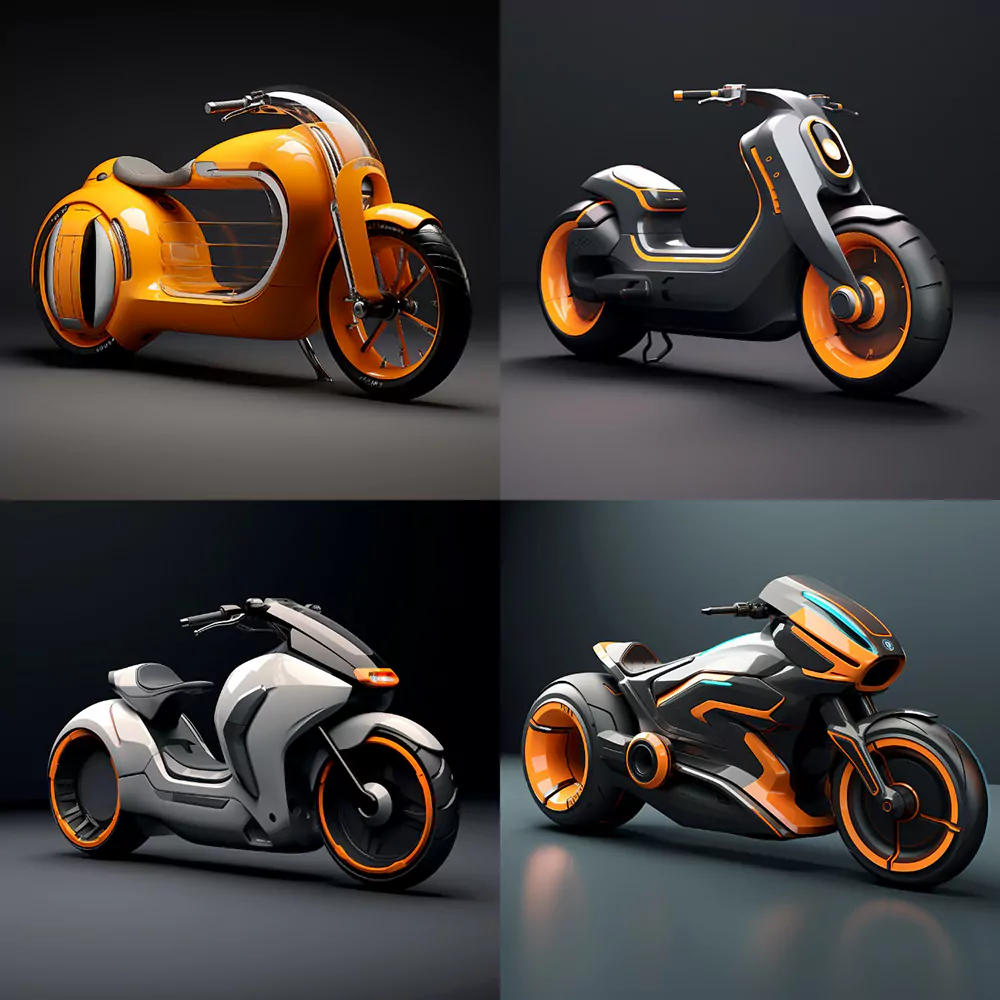

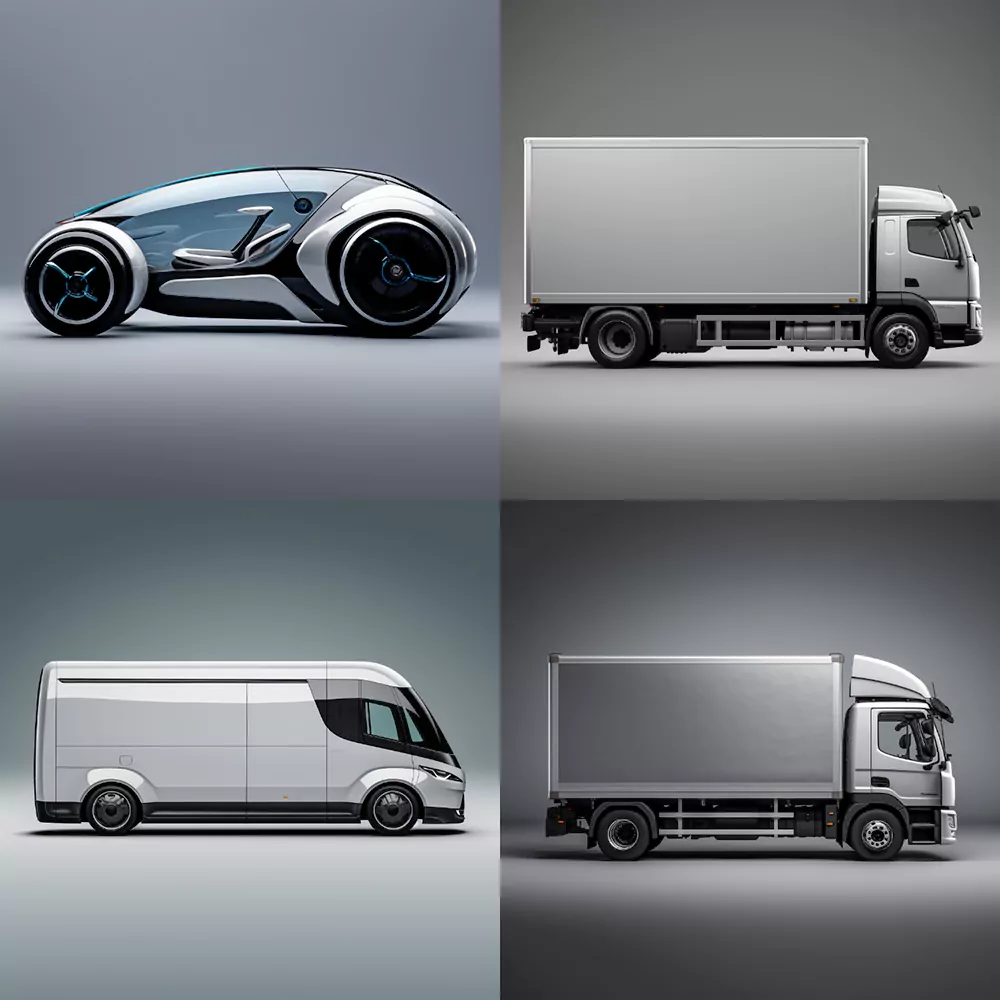
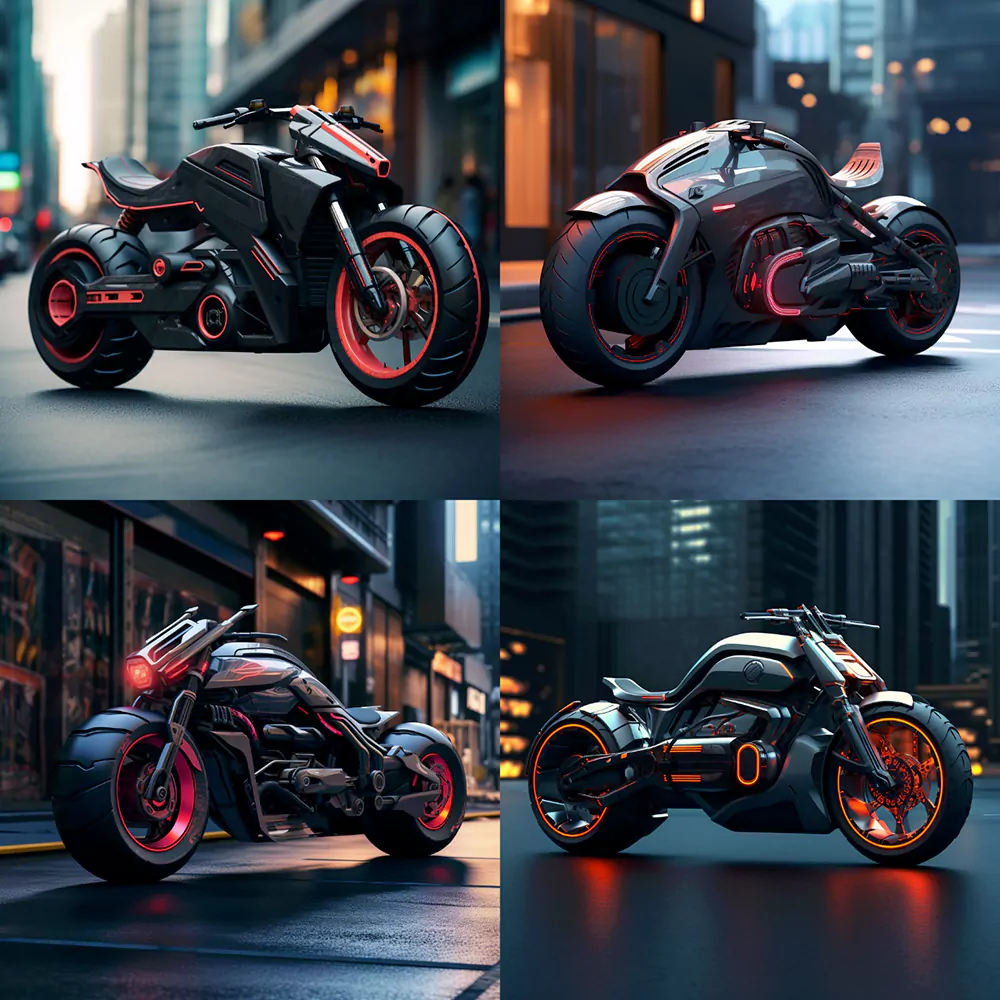
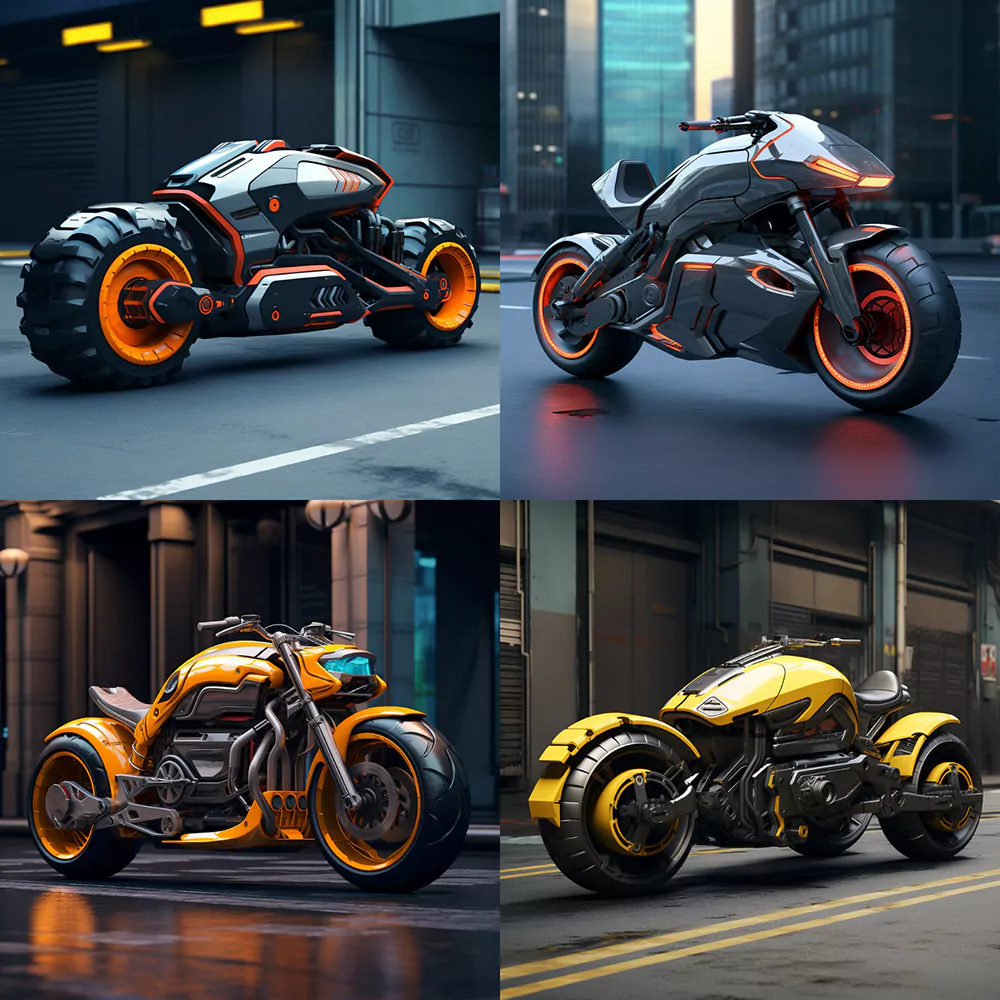
AI生成图片来自万能军师
Technology Empowerment:
AI Refactoring the Design Value Chain
NINEIDEA:The deep integration of AI and industrial design is reshaping the paradigm of product innovation, with its core values reflected in three dimensions: efficiency improvement, innovation reconstruction, and industrial ecological transformation. Insights into AI reshaping industrial design are extracted from four levels: technological empowerment, practical scenarios, core challenges, and future trends.
Automated Design Revolution
Intelligent generation: Generative AI tools (such as the sequencing technology “Flash Set”) use natural language instructions to automatically generate 2D drawings, increasing efficiency by 10 times; 3D parametric modeling technology reduces the design cycle of complex structures by 30%.
Simulation optimization: AI driven topology optimization algorithms can generate lightweight structures. General Electric (GE) uses GAN networks to design aircraft engine blades, reducing weight by 15% while meeting strength requirements.
Data driven innovation
User Insights: ChatGPT and other large models analyzed millions of user reviews, and a certain home appliance company increased its repurchase rate by 22% by mining “knob damping” preferences.
Trend prediction: AI analysis of over 100000 e-commerce data predicts consumer trends, and a certain brand has advanced the layout of “modular smart homes”, with a market share growth of 35%.
Breakthrough in Sustainable Design
Material optimization: AI algorithm simulates the performance of biodegradable materials, reducing packaging material usage by 40% and carbon emissions by 28% for a certain environmental protection enterprise.
Lifecycle management: Digital twin technology monitors product energy consumption in real-time, and a certain industrial equipment manufacturer optimizes operation and maintenance solutions through AI, extending equipment lifespan by 20%.
Practical scenario:
AI implementation from concept to mass production
In the field of consumer electronics
Tesla 4680 battery: AI integrates thermodynamic and materials science data, increasing energy density by 12% and heat dissipation efficiency by 20%.
Xiaomi AI Design Platform: Input the keyword “minimalist technology sense”, AI generates 200+phone appearance solutions, and the design cycle is compressed from 3 months to 15 days.
Heavy equipment field
Shanghai Steam Turbine Factory: Industrial large-scale models achieve automatic component drawing, design engineers only need to review and correct drawings, and the efficiency of delivery level drawings is improved by 10 times.
Hudong Zhonghua LNG Ship: AI generated 2D and 3D design drawings, increased the conversion rate of ship owners’ bidding intentions by 40%, and optimized the appearance to increase the success rate of orders by 30%.
Personalized customization
Nike AI footwear: Users upload foot shape data, AI generates 300+personalized shoe styles, and the 3D printing production cycle is shortened from 4 weeks to 72 hours.
Gujia Home AI Furniture: Input room size and style preferences, AI generates a whole house plan, and the response time for design modifications is reduced from 2 days to 2 hours.
Core Challenges and Response Strategies
Technical bottleneck
Data quality: A certain mechanical enterprise built a data center, which improved data cleaning efficiency by 60%.
Algorithm reliability: A certain aviation enterprise adopted a dual verification approach of “digital twin+physical prototype”, which reduced the design defect rate by 75%.
ethical and legal
Copyright ownership: The EU’s Artificial Intelligence Act requires AI generated content to indicate its source, and a design company has established a “human AI collaborative attribution” mechanism.
Responsibility definition: The US Patent Office rejected the application of AI as an inventor, and a certain automobile manufacturer implemented the “engineer final approval” system.
Talent Transformation
Skill reconstruction: Zhejiang Wanli College offers a course on “Creative Technology and AI”, where students use ChatGPT to conceptualize and Midjourney to model, resulting in a 50% increase in project efficiency.
Role transformation: A home appliance company forms a “design algorithm” collaborative team, with designers defining goals and algorithm engineers optimizing models.
Future trend: transition from tools to ecology
technological convergence
AI+AR/VR: A furniture brand’s AR tool enables real-time preview of AI design solutions, improving decision-making efficiency by 80%.
AI+IoT: An industrial equipment manufacturer trained AI through sensor data, resulting in a 25% increase in after-sales revenue.
Industrial transformation
Distributed manufacturing: A bicycle brand has established 100 micro factories worldwide, reducing logistics costs by 40%.
Service oriented transformation: A machine tool enterprise has launched a “Design as a Service” platform, increasing the proportion of service revenue from 5% to 30%.
sustainable development
Circular design: AI analyzes product recycling data, and a certain electronics company has increased the recycling rate of disassembled mobile phones to 92%.
Carbon footprint optimization: AI simulation of production process carbon emissions resulted in a 35% reduction in carbon emissions per unit output value for a certain chemical enterprise.
AI is not a substitute for industrial design, but a ‘creative multiplier’. When AI undertakes 70% of repetitive tasks, designers are able to focus on areas where humans excel, such as user experience and cultural expression. The future industrial design will present a “double helix” development: AI is responsible for efficiency and precision, while humans focus on emotions and innovation.
Enterprises need to build a closed-loop ecosystem of “data algorithm scene”, while designers need to become “technology natives” and explore new value boundaries in human-machine collaboration. This transformation is not only an iteration of tools, but also a reconstruction of the entire industry paradigm.















